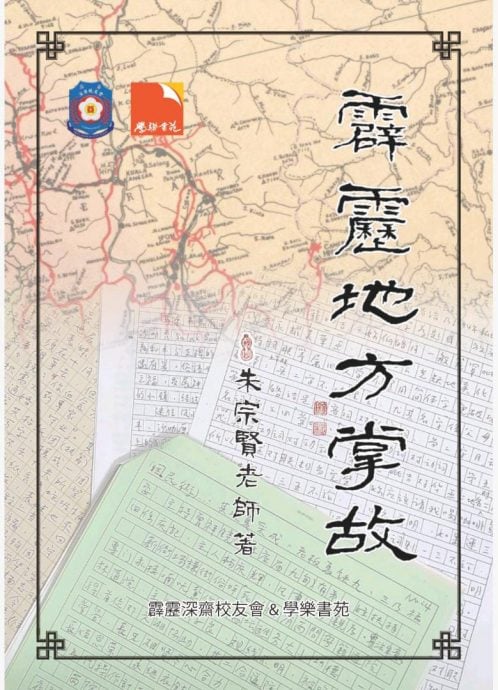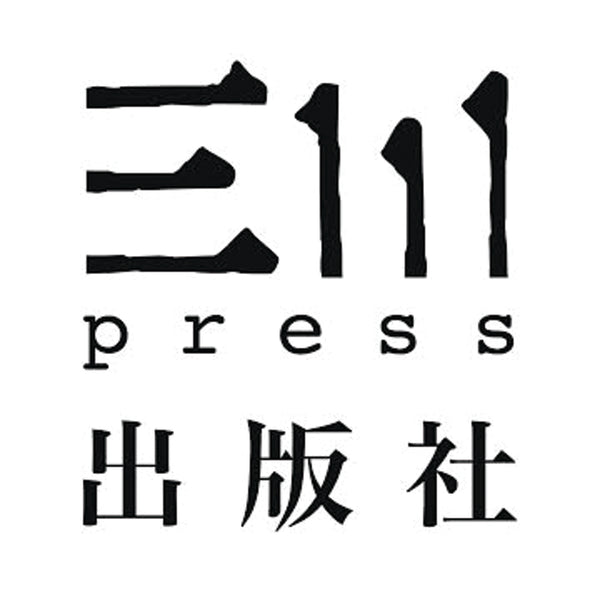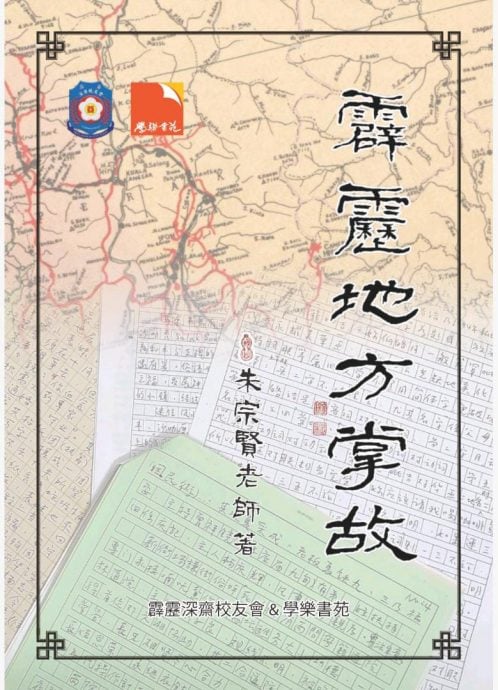Perak Local Stories
Perak Local Stories
2 in stock
Couldn't load pickup availability
ISBN/EAN: 9789671508633
出版日期: 2024-01-01
页数: 616页
语言: Traditional Chinese
The modern German scholar Aleida Assmann calls this "cultural memory," which appears in literary works as various symbols, reconstructing a comprehensible "social-cultural" space. Zhu's writing features numerous buildings, streets, and shops, but more importantly, the people who connect these objects. This kind of writing serves as a symbolic "memory" for local community members; for readers outside the community, it provides a point of access to the community's warmth and understanding.
In addition to the numerous "spatial" descriptions similar to those mentioned above, other subjects of description include local education, anecdotes, and "memories" of the Japanese colonial period. His descriptions of the Japanese colonial period in particular also use "spatial" descriptions to contrast the changes in content across time and space, showcasing the different scenes during wartime and after peace. While this is Mr. Zhu's personal "memory," when projected into the public sphere, it becomes a collective symbolic "memory."
The teachers' writing has its own unique characteristics. If Lu Baiye's writing is based on the post-founding aspirations for a rising nation, and Zhang Jingyun's is the cultural reflection of a generation of literati running a newspaper, then Zhang Jiqiang represents a new generation of professionally minded literary and historical commentary. Teacher Zhu's writing falls somewhere between Lu Baiye and Zhang Jingyun. Perhaps Teacher Zhu's writing lacks overly ambitious goals, yet it has also developed its own unique characteristics.
——Dr. Zeng Weilong
In his spare time, he would take a notebook and a pen, ride his old Japanese-made motorcycle, and travel through the streets and towns of central Perak, as well as the countryside and towns; from Rentan in Upper Perak in the north to Tanjong Malim bordering Selangor; from the summer resort of Cameron Highlands to the fishing and rice-producing areas on the west coast. He could be called a modern version of the famous traveler Xu Xiake.
These articles by Mr. Zhu Zongxian record the human geography and local culture of Perak in an era in easy-to-understand words, truly reflect the social customs and worldly wisdom of an era, and fill in and enrich the folk humanities history of Perak in an era.
——Hu Enlin
Mr. Zhu's book is a time capsule of the Perak Chinese community. His essays cover the period from before World War II to the millennium, capturing not only historical moments and personalities of the time, but also his own reflections on the great era. Though I'm already in my 50s, Mr. Zhu's writings are like a time machine for Tinker Bell. Many of the people, events, and places I heard about or witnessed during my childhood come alive in his writing. The schools I attended, the streets I walked, the buildings I stopped at—through his narratives, I feel as if I've revisited them. Reading about the lives of my own great-grandfather (Zeng Mingshan), grandfather (Zeng Dunhua), great-uncle (Zeng Zhiqiang), great-uncle (Zeng Dunyan), and great-uncle (Zeng Ruihao) fills me with remembrance and gratitude.
——Dr. Zeng Guangzhi
Zhu Zongxian (1931-May 14, 2016)
Born in Ipoh, his ancestral home is Foshan, Nanhai, Guangdong. He attended Pei Nan Primary School before the war and graduated during the Japanese occupation.
After the war, at the age of 15, he entered Yucai Middle School and became a Chinese primary school teacher. After graduating in 1956, he graduated from teacher training at Taiwan Normal University. He subsequently taught at independent secondary schools for many years, serving in various schools, including Sanmin in Anson, Shenzhai in Ipoh, and Yuqing in Pantai. With a basic understanding of Japanese, he worked as an interpreter for a Japanese company from 1974 to 1980. He enjoyed traveling and exploring historical sites.
He retired at the end of 1992 and was diligent in writing. He published articles in the columns "Talking about the Past and Present" and "Folk Customs" of Dazhong Daily, "Today's Perak/Local Stories" of China Press, "New Perak" of Nanyang Siang Pau and "Talking about the Past" of Guang Hua Daily. He also wrote various works such as classical poems and couplets.
"Ipoh Urban and Rural Notes" was published in 2007.
Share


